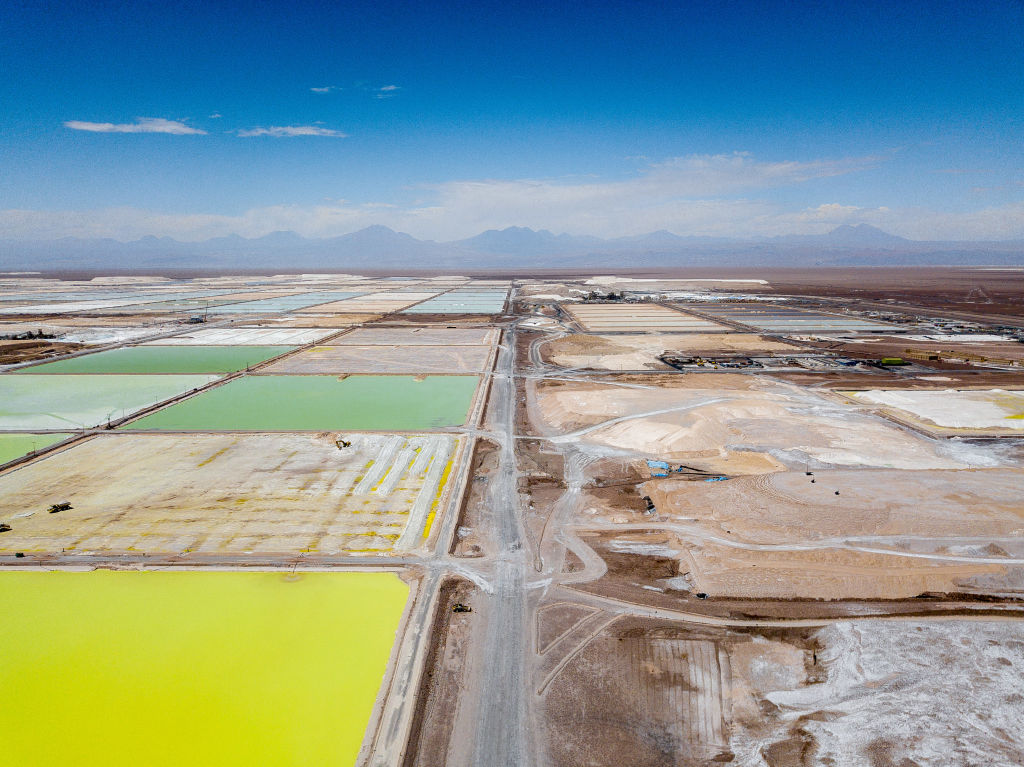High Inequality
High Inequality
Recent research suggests that exclusion represents a severe drag on the region's economic growth and stability. Tackling high inequality and low social mobility is fundamental to getting economies on a sure footing, writes Guillermo Perry. Read the full article in the Spring 2008 issue of Americas Quarterly.
Latin America suffers from both the world’s highest rate of income inequality and from a lackluster economic performance that puts it well behind the growth levels of other emerging regions such as Asia. Could there be a connection? Recent research suggests that high inequality and low social mobility are more than just poor people’s problems: they represent a severe drag on economic growth and stability. In Latin America, vast numbers of people are not only cut off from the benefits of economic progress: they are unable to contribute meaningfully to the development of their societies.
This phenomenon, often ignored by economists, has profound implications for the region on every level, ranging from low levels of investment and untapped human potential, to high crime rates and macroeconomic instability. But these facts do not imply that the region’s special history and flawed institutions condemn it to permanent levels of high inequality and low growth.
Several Latin American governments are pursuing...
To read more, subscribe and receive an instant digital copy of the Spring issue.
Already a subscriber? Login Now.







